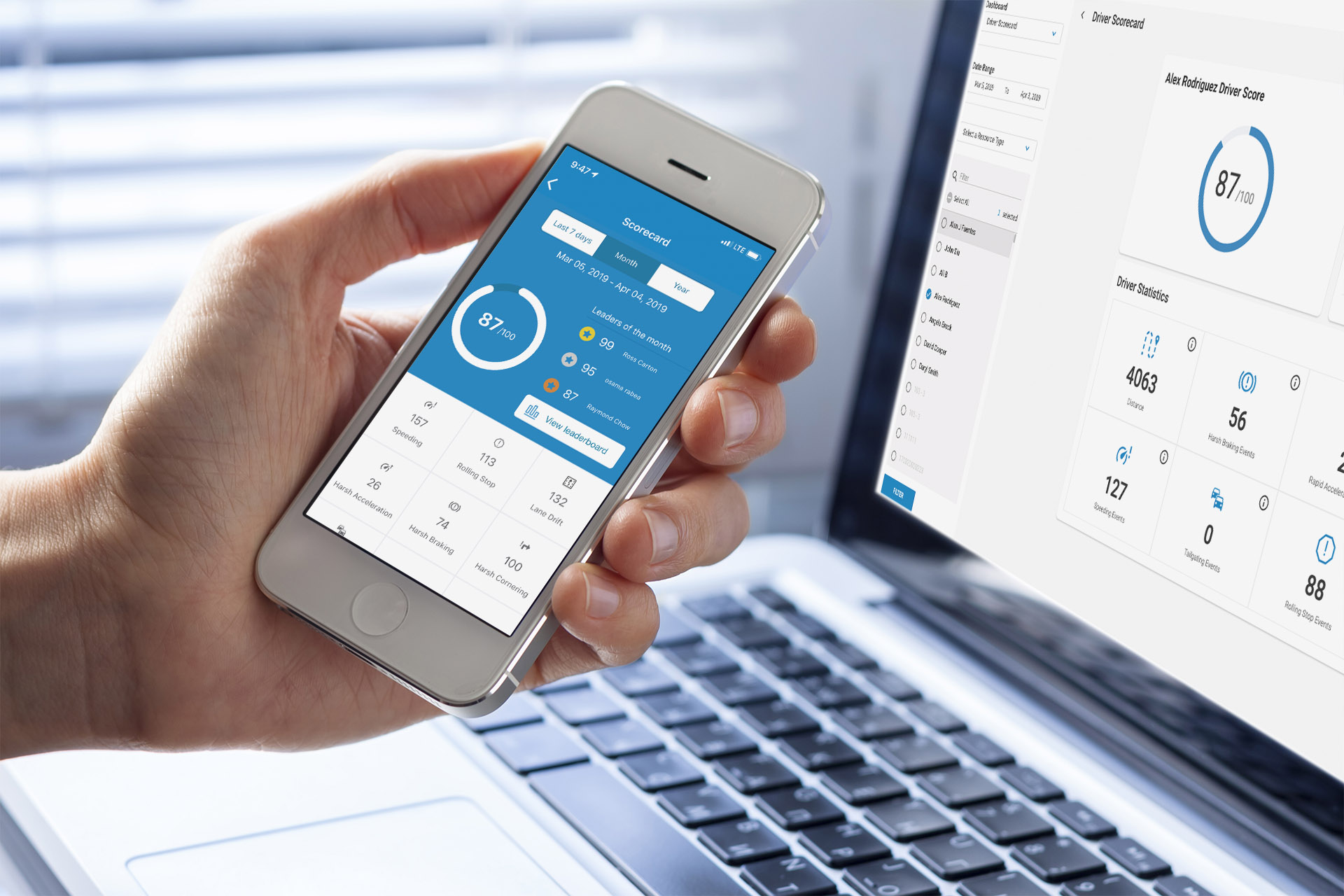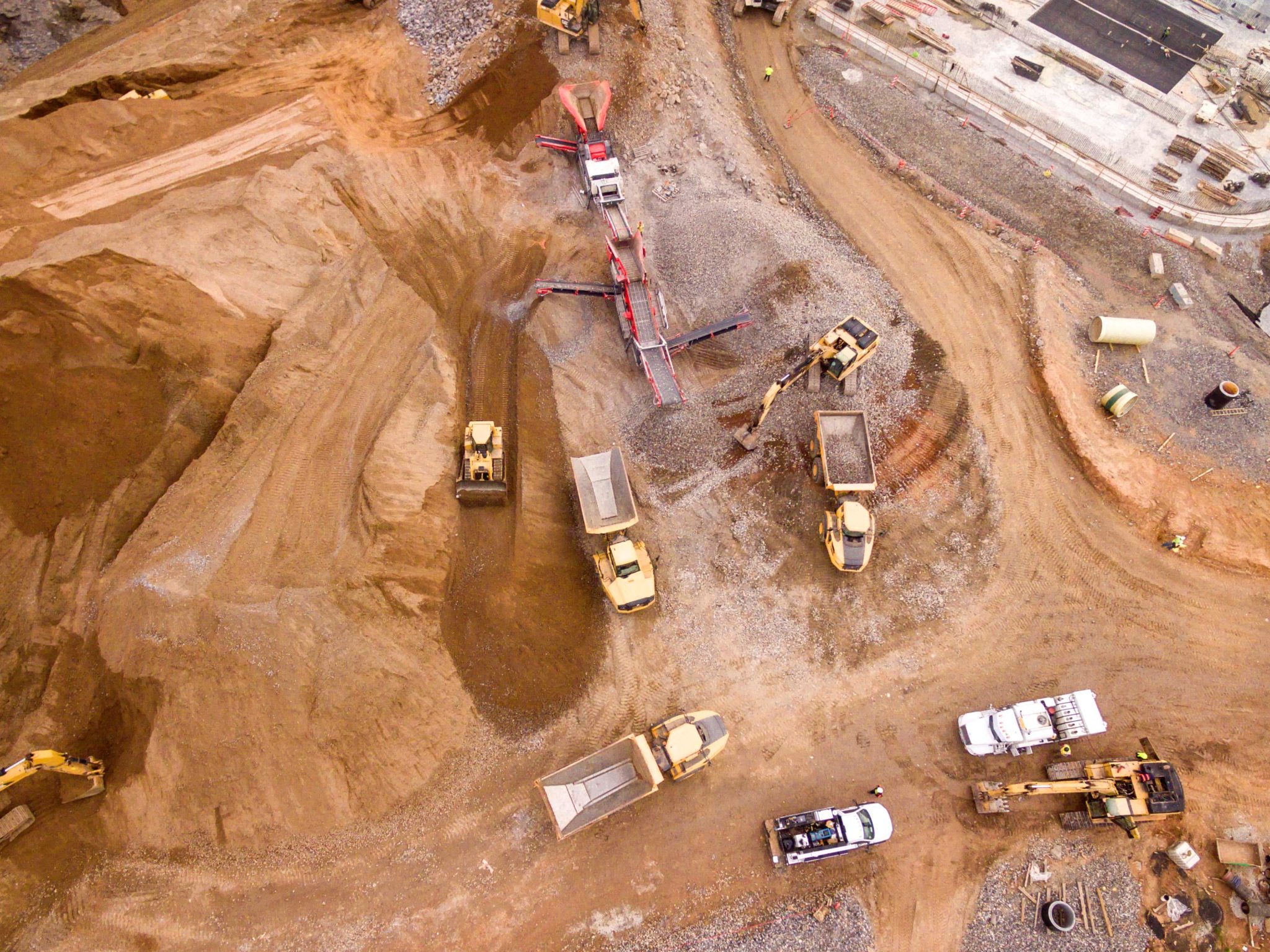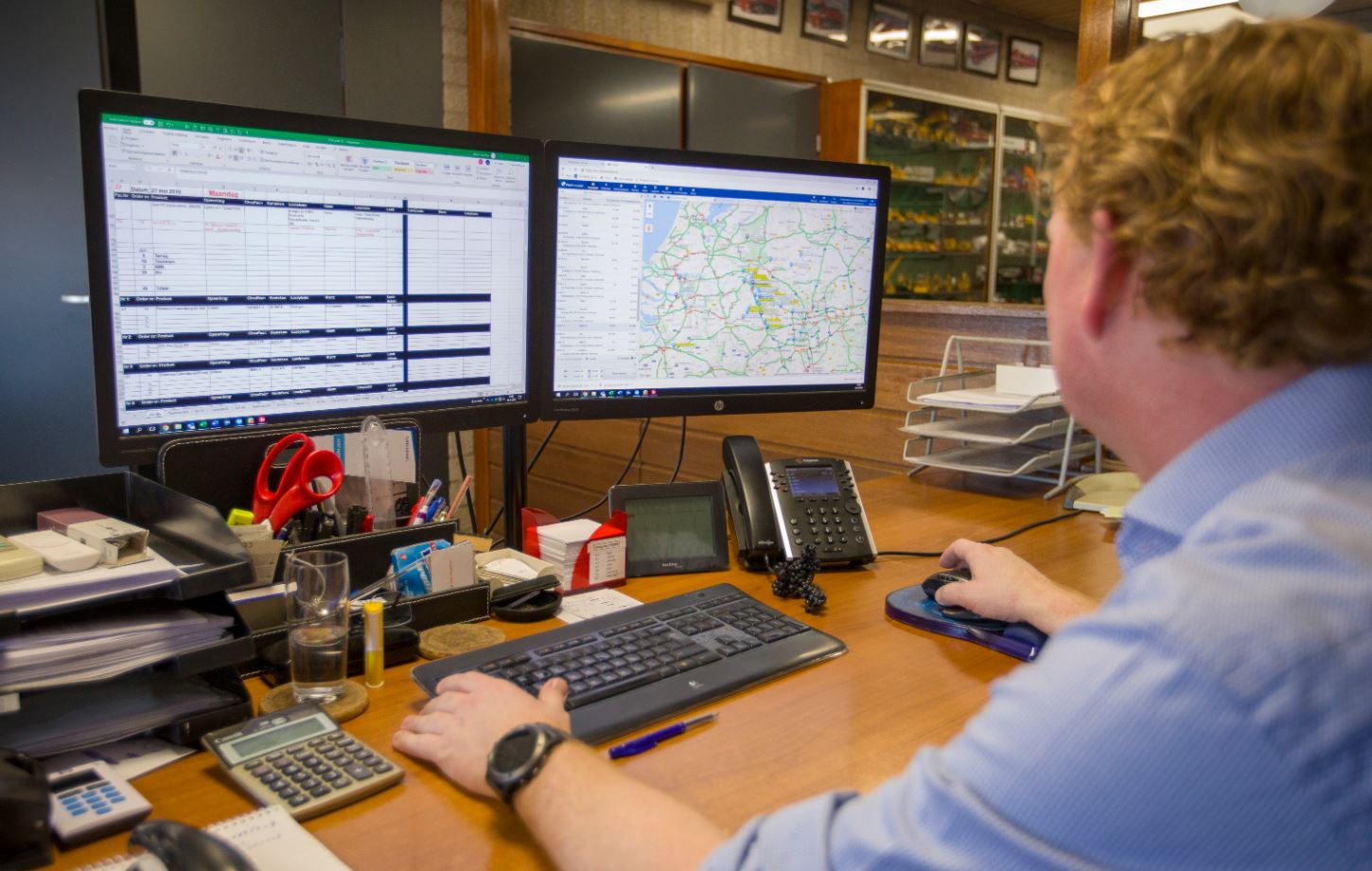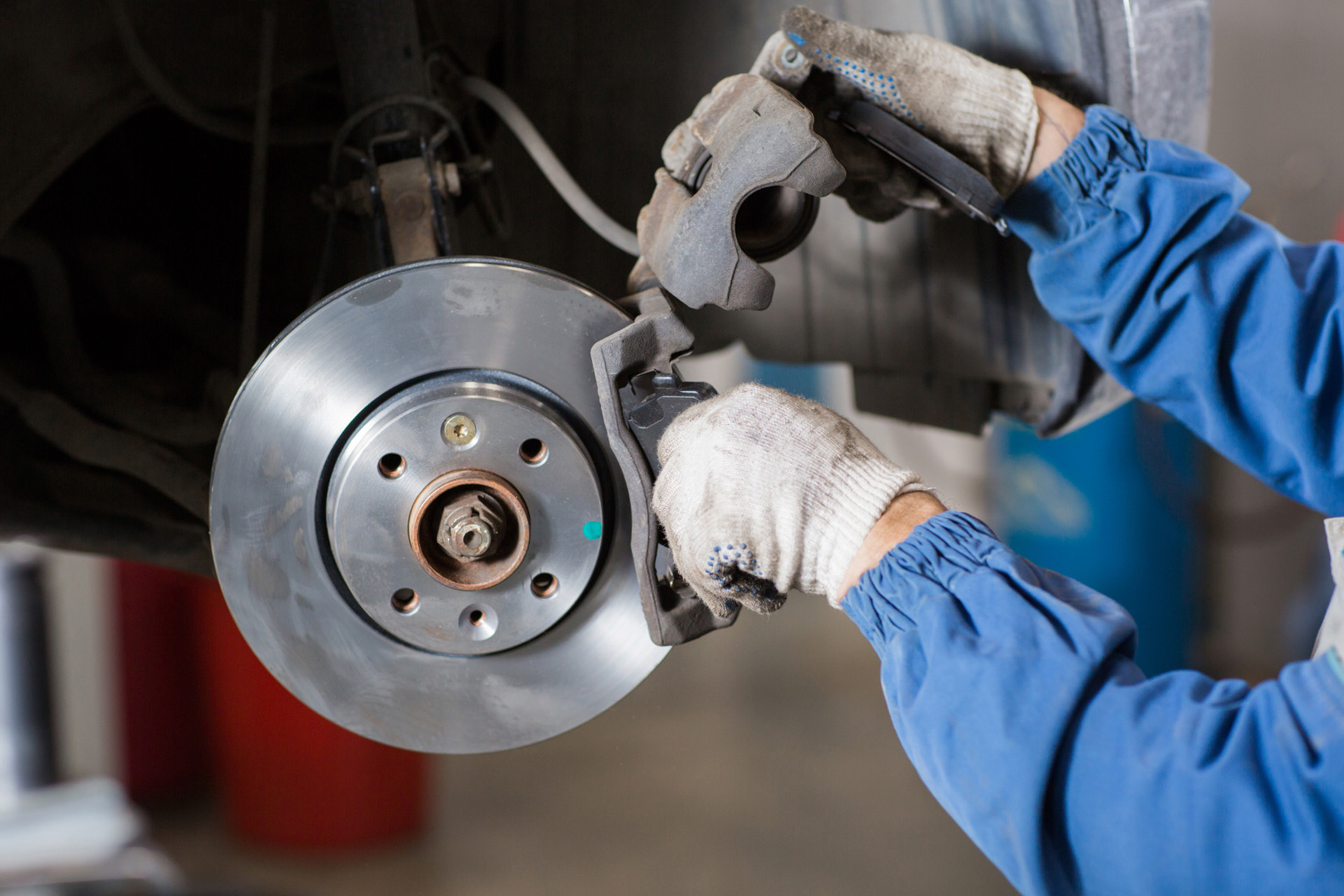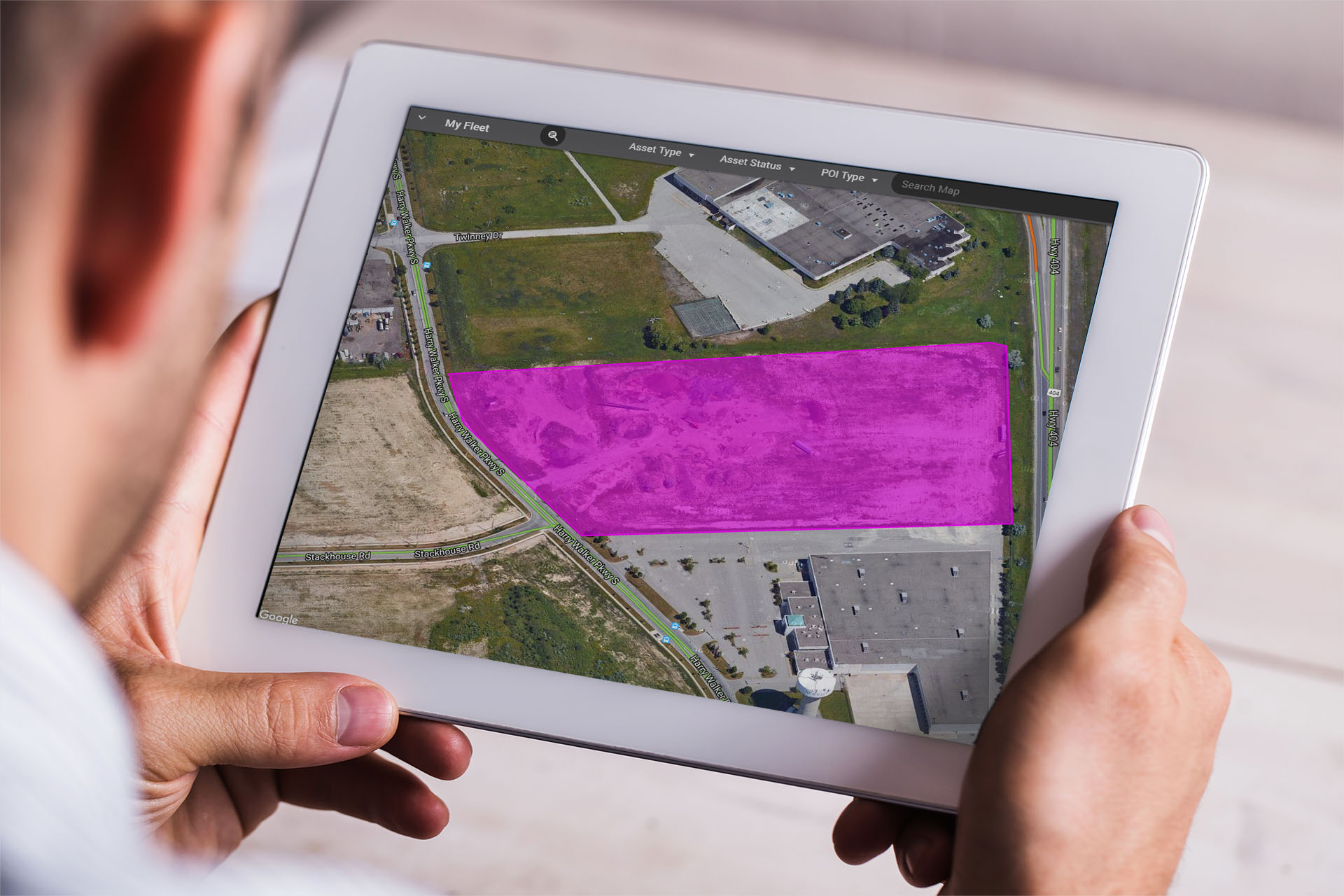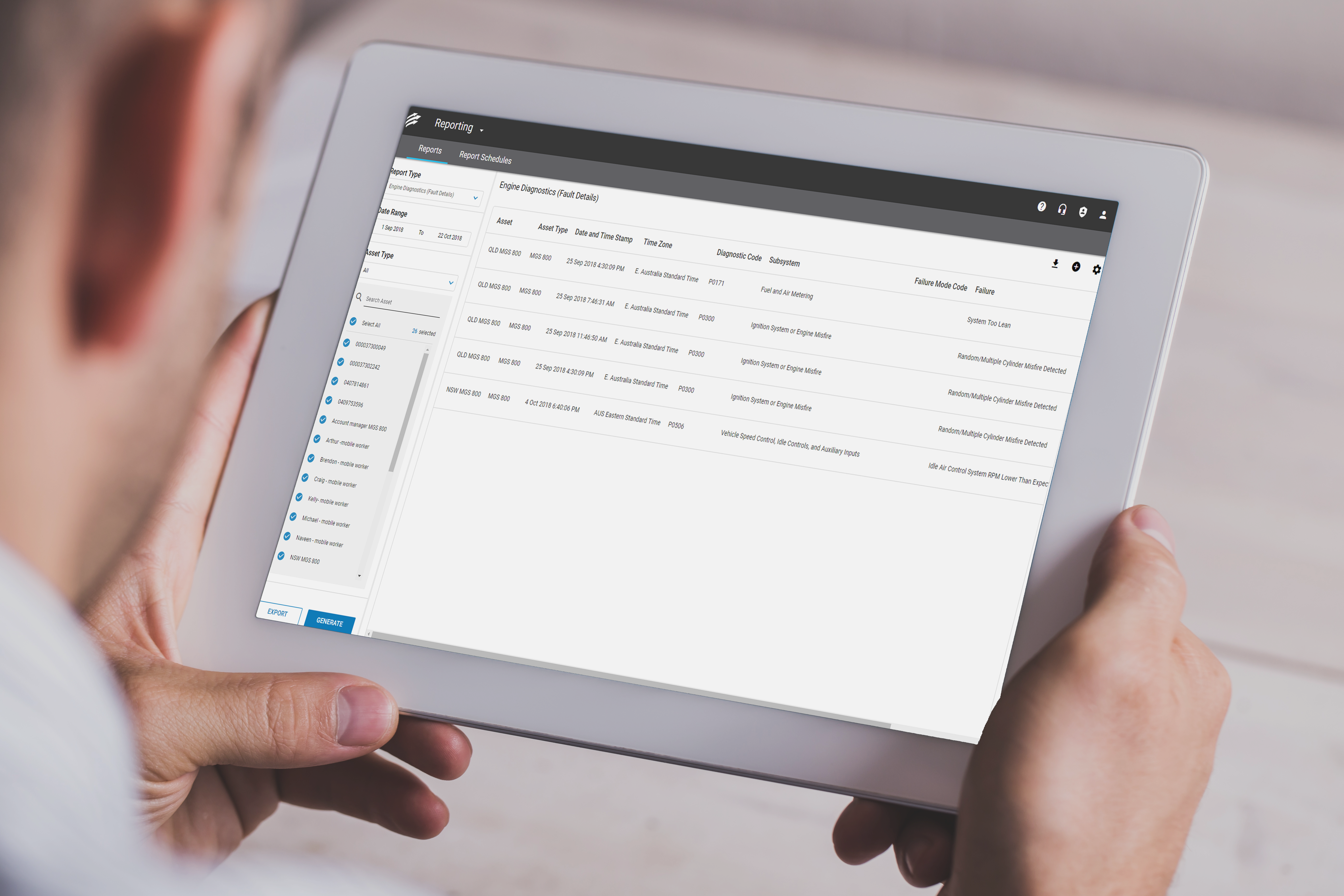We all know that bad drivers are bad news. They’re not just a danger to themselves: their poor conduct risks the well-being of other road users, the rest of your team and the business as a whole. Consider this: if a driver is careless and crashes, the repercussions can be costly repairs, asset downtime, personnel injuries, a lawsuit…the risks are big.
So, how do you ensure you don’t make a bad hire—and if a driver does start showing signs of carelessness, what can you do to fix things? Let’s take a closer look.
1. Learn to Recognise and Categorise Behaviour Types
There are three different types of drivers in any fleet:
- The irresponsible driver:
The driver who has little regard for other people’s property and safety and drives recklessly without thinking about the consequences.
- The rule breaker: Someone who drives well but can’t seem to get out of their own way when it comes to following company policies—they may be late with deliveries because they make unauthorised stops along the way, or they work long hours without a break and drive tired as a result.
- The ideal driver: Someone who cares deeply about both themselves and others—this person is prompt, professional and follows the company rules, will show up on time, obeys all traffic laws and respects the equipment.
A fleet manager may need to adopt different management techniques for each driver and the category they fall into, with driver feedback and incentives for good behaviour, as well as disciplinary action for bad behaviour.
2. Perform Comprehensive Background Checks
When hiring for your fleet, make sure to ask about their driving history. Why? Because a person’s driving record reveals how well they will be able to handle the responsibility of driving a commercial vehicle.
Monitor the number of accidents the driver has been in and how many points they have on their license. Has their license ever been suspended or revoked? If so, what was the reason?
It’s not unusual for new hires to conceal an accident or violation in order to get a job. Make sure to check with your state department of transport regarding the number of points an employee has accumulated for violations like speeding or running red lights/stop signs, as well as how many times a driver has been involved in an accident.
If an employee with an irregular driving past is hired, closely keep track of them. GPS fleet management software can help you keep an eye on drivers in near real time.
{% video_player “embed_player” overrideable=False, type=’scriptV4′, hide_playlist=True, viral_sharing=False, embed_button=False, autoplay=False, hidden_controls=False, loop=False, muted=False, full_width=False, width=’1920′, height=’1080′, player_id=’32330633801′, style=” %}
See exact driving behaviour with breadcrumb functionality (Image Source).
Ultimately, it’s best to play it safe in a professional environment. People make mistakes—but if there are recent instances the driver is unable to provide an adequate explanation for, or if you don’t feel that the person has been totally honest—then it might be best not to hire.
Don’t let driver shortages lead to risky hiring decisions: the loss of business due to a lack of staff will pale in comparison to a driver being involved in an avoidable accident. Not only could someone be hurt—your company can be held liable.
3. Make Sure They’re The Right Fit
Personality plays a big role in road behaviour. Understanding this makes it easier to hire the right drivers, provide training and pinpoint areas for improvement. Spot personality traits that may cause concern early on to better position yourself to handle them and make improvements so drivers will be safer behind the wheel.
4. Have a Written Policy in Place
There are going to be some drivers who have ingrained habits or prefer their own style of doing things. This can sometimes result in habits such as tailgating or speeding. This is dangerous no matter how long someone’s been behind the wheel.
Creating a written policy with clearly outlined rules from day one of employment helps set expectations and the consequences in the case of irresponsible behaviour.
5. Show You Take Rules Seriously
If you don’t follow the rules, how can you expect your drivers to do so?
Take safety seriously by providing safe vehicles and following traffic laws. On a basic level, drivers need equipment they can rely on to get them where they’re going safely and legally—such as airbags and anti-lock brakes (ABS) or electronic stability control (ESC). These safety steps can boost driver confidence in their vehicle and help to protect your assets and personnel.
It’s also important to show that as a good fleet manager you take road laws and compliance regulations seriously. Stay on top of compliance requirements like adhering to Australia’s standard hours of service rules, providing regular training on road rules and even making an effort to lower emissions as regulations are introduced. In short, being a proactive Fleet Manager shows you are protecting your vehicles and drivers, which can help create a culture of shared responsibility and uniformity.
6. Create Incentives with Rewards for Good Behaviour
Use incentives to encourage drivers to maintain an accident-free record. This is a great way to acknowledge good driving behaviour, say thank you, and serve as motivation to continue driving safely.
7. Offer Regular Training
One of the most common complaints among both fleet drivers and their managers is that they are never given an opportunity to improve. For drivers who struggle with professionalism and following the rules, consider thorough training courses. This could be in the form of anger management courses for those struggling with road rage or simple road safety classes.
Of course, training shouldn’t be limited to rule breakers. Be sure to offer training to all your drivers. This will help to ensure your drivers are performing their best, which has been proven to help boost retention and motivation.
Remind drivers to follow everyday best practices like taking regular breaks, doing walkaround checks and minimising distractions. “Anything that makes it difficult to focus on the road should be avoided,” says Finder car insurance specialist, Taylor Blackburn.
8. Transition Poor Drivers Into Another Role
Not everyone enjoys or excels at being behind the wheel all day. If you do end up with an otherwise good employee who is not working out as a driver, consider transferring them to another role in the company.
Some roles performed inside of an office include fleet administration, vehicle maintenance and data management.
9. Let a Driver Go if Necessary
There are benefits to giving employees multiple chances, but there is a point at which it becomes clear that someone isn’t interested in making positive changes. If this is the case, it may be necessary to call it quits.
How Fleet Management Software Can Help
With Fleet Complete’s GPS fleet tracking system, managers can view total hours, speed, kilometres and idle time—all from one interface. This allows fleet managers to monitor drivers to ensure they are driving safely and following established guidelines at all times. Plus, with alerts set up, you can be informed instantly when a violation is occurring. Meanwhile, that same alert can sound in-vehicle alert systems informing the driver they need to immediately adjust their driving behaviour.
Take our fleet management system for a spin to see how it can help you optimise your fleet and ensure you have the best drivers on the road as possible. Get started today by trying our Fleet Complete demo.































































